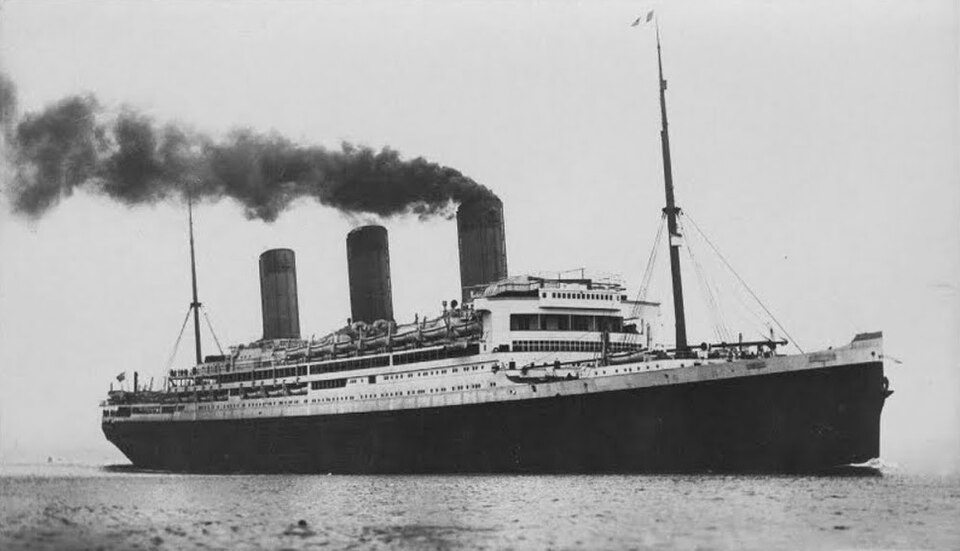Our Navy Builds Flat-Top Mastery
By REAR-ADMIRAL E. L. COCHRANE, USN, Chief of the Bureau of Ships
By first punching the foe off balance and now smashing his last holds on the ocean, our aircraft carriers have proved modern speeders of Victory. Here “Buships” chief details how we’ve come from a mere seven to more than a hundred of these sky-sweepers.

December 7, 1941, the United States had on hand seven full-sized carriers, the Lexington, Saratoga, Ranger, Yorktown, Enterprise, Wasp, and the Hornet, also the small escort carrier, Long Island. Of these the Lexington, Yorktown, Wasp, and Hornet have since been lost. For every one of those veterans lost, however, there has been built and are now at sea, nearly 30 replacements (including the escort carriers transferred to our allies).
In the two and a half years since Pearl Harbor, the number of carriers on hand (excluding the 38 transferred by lendlease to the British) has been increased to 90. totaling more than 1,400,000 tons. During this same period the combatant vessels of our Navy in all categories have more than tripled — going from 345 vessels, totaling 1,382,755 tons, to 1071 units, totaling 3,434,762 tons.
With the outbreak of war and following the heavy carrier losses in 1942. the desperate need for carrier strength in the Pacific and the growing demands for fighter transports pushed six vessels of the aircraft carrier program into top priority. With first call on the nation’s scarce materials and components, the inauguration of shift work, and the seven-day week, actual completions surpassed even the most optimistic forecasts.


